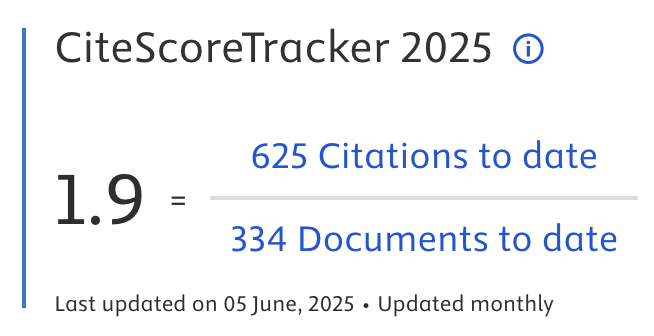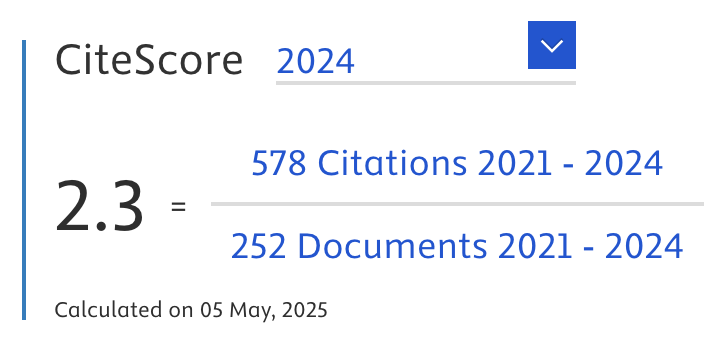Soil Infiltration Rate Impact on Water Quality Modeled Using Random Forest Regression
Abstract
In this paper, Infiltration rate of the soil is investigated by using predictive models of Random forest regression and their performance were compared with Artificial neural network (ANN) and M5P model tree techniques. We utilized 132 field measurements comprising this dataset. 88 models were trained using observations, while the remaining 44 were used to validate it. The cumulative time (Tf), the impurity type (It), the impurity concentration (Ci), and the moisture content (Wc) were utilized as input variables, and the rate of infiltration was employed as the output. To evaluate the efficiency of the two modeling methodologies, correlation coefficients we estimated root mean square error (RMSE), mean absolute error (MAE), relative absolute error (RAE), and root relative square error are all terms that may be used to describe errors (RRSE). The random forest regression approach outperforms the other two models when compared to evolutionary data (ANN and M5P model tree). Using a random forest as a model, regression can properly estimate the infiltration rate within a 25% error range. According to the results of the sensitivity research, cumulative time plays an important influence in determining the soil's penetration rate.
Article Metrics
Abstract: 423 Viewers PDF: 201 ViewersFull Text:
PDFRefbacks
- There are currently no refbacks.

Journal of Applied Data Sciences
| ISSN | : | 2723-6471 (Online) |
| Collaborated with | : | Computer Science and Systems Information Technology, King Abdulaziz University, Kingdom of Saudi Arabia. |
| Publisher | : | Bright Publisher |
| Website | : | http://bright-journal.org/JADS |
| : | taqwa@amikompurwokerto.ac.id (principal contact) | |
| support@bright-journal.org (technical issues) |
 This work is licensed under a Creative Commons Attribution-ShareAlike 4.0
This work is licensed under a Creative Commons Attribution-ShareAlike 4.0





.png)